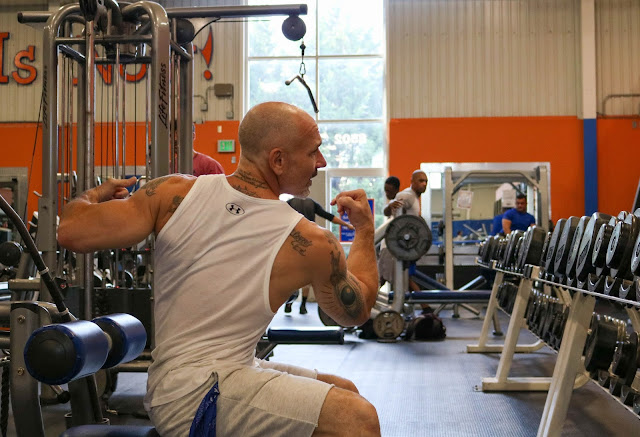Gym Equipment Series: 4 Secrets to Rowing Like A Pro
For newbie fitness club members, some pieces of gym equipment are more difficult to master than others. Treadmills and elliptical trainers are fairly self-explanatory, but when it comes to the rowing machine, proper technique doesn’t come naturally. Nonetheless, it’s vital to avoiding injury and getting the most out of your workout. This introduction to the indoor row machine will give you a better understanding of proper technique so you can start rowing like a ‘pro.’
The indoor row machine, otherwise referred to as an ergometer (ERG), gets its nickname from the device that tracks the amount of energy expended during activity. And, in this case, it’s a lot of energy – up to 800 calories an hour! Check out these other reasons to love the rower:
Secrets to Good Rowing Form
(1) adjust the damper. The damper is the lever located on the side of the flywheel that controls the resistance level of the pull chain, much in the same way gears control the resistance level on a bicycle. If you fail to adjust the damper, you may be in for a much more difficult workout than you’re prepared for. Experts suggest those new to the rower start with the damper set between 3 and 5 because this most resembles the feel of rowing on the water.
(2) Start with good posture. Many people slouch forward when they sit at the rower, placing too much strain on their back, shoulders and arms. Keep your spine in a ‘stacked’ neutral position throughout the full range of motion.
(3) Follow the 3-step process:
(5) Avoid rowing with just your arms. This common mistake will be avoided if you use the 3-step process, but it bears repeating. Your arms should only be doing the remaining 20% of the work. A good test of whether you’re engaging your core and legs properly is whether the seat is at the same level as the handle throughout the whole rotation.
Following these keys to good form will enable you to get the greatest, safest calorie burn from your time on the health club row machine. Start getting comfortable with the rower, and who knows – it might just become you’re favorite way to workout.




Comments
Post a Comment